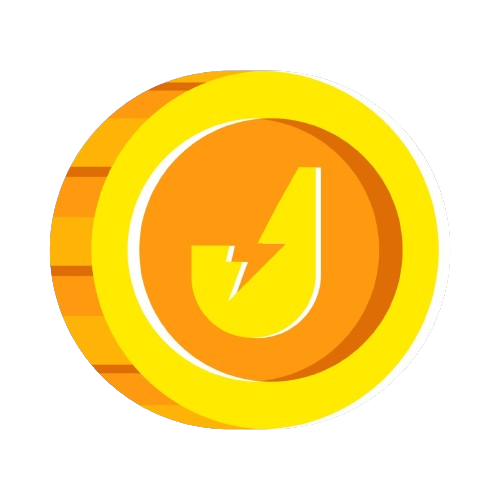2 Applicants
5
7/15/2025
8/10/2025
"1. Product Overview Objective: The Marketing Automation Agent is designed to streamline and automate key marketing processes, including lead generation, content creation, and social media content deployment. It will scrape leads from various sources, generate marketing assets like social media posts, and automatically schedule and deploy content across platforms. Target Audience: Small to medium-sized businesses, digital marketers, and marketing teams who need to automate repetitive tasks and scale their marketing efforts. Key Goals: Automate lead generation by scraping data from predefined sources. Automatically create marketing assets (e.g., social media posts, banners). Deploy social media content across multiple platforms (e.g., Facebook, Twitter, Instagram). Improve lead conversion by delivering targeted content at the right time. 2. Features and Functionality 2.1 Lead Scraping
Description: The agent will scrape leads from websites, social media platforms, and databases. It will be able to gather contact information such as names, email addresses, phone numbers, and social media profiles. Key Features: Scrape leads from multiple sources (e.g., LinkedIn, company websites, industry-specific directories). Filters to scrape specific industries, job titles, and geographic locations. Export leads into a CSV or CRM system. 2.2 Marketing Asset Creation
Description: The agent will automatically generate marketing assets such as social media posts, blog images, email templates, and banners using pre-defined templates or AI-based design tools. Key Features: Integration with design tools (e.g., Canva, Adobe Spark). Pre-built templates for different platforms (Instagram, Facebook, LinkedIn). AI-powered content suggestions based on trends and user input (e.g., product descriptions, target audience). 2.3 Social Media Content Automation
Description: The agent will schedule and post content across multiple social media platforms, ensuring consistent brand messaging and timing. Key Features: Integration with social media platforms (e.g., Facebook, Instagram, Twitter, LinkedIn). Ability to schedule posts at optimal times based on analytics. Automation of content posting with user-defined intervals (e.g., daily, weekly). Analytics dashboard for tracking engagement and performance. 2.4 Reporting and Analytics
Description: The agent will provide real-time reports on lead generation performance, content engagement, and campaign success. Key Features: Dashboard displaying lead metrics (number of leads, engagement rate, etc.). Social media performance metrics (likes, shares, comments). Detailed reports on ROI and campaign effectiveness. 3. User Interface and Experience (UI/UX) User Flow: Lead Scraping: User enters target criteria (industry, location, etc.), and the agent scrapes data from selected sources. Asset Creation: User selects template, customizes content, and generates assets. Content Scheduling: User uploads content, selects platforms, and sets the posting schedule. Reporting: User accesses a dashboard with performance metrics. Design: Simple and intuitive interface with drag-and-drop functionality for content creation. Clear navigation with sections for leads, content, and analytics. Mobile-friendly interface for on-the-go monitoring. 4. Technical Requirements Platform: Web-based application accessible through a browser, with mobile app support for monitoring. Integrations: Lead Scraping: APIs for LinkedIn, company websites, and industry directories. Design Tools: Integration with Canva, Adobe, or other AI-based design tools. Social Media Platforms: Facebook, Instagram, Twitter, LinkedIn, etc. CRM/Email Marketing: Integration with popular CRMs (e.g., HubSpot, Salesforce) and email marketing tools (e.g., Mailchimp, ActiveCampaign). Security: Data encryption for scraped leads and sensitive user information. Secure authentication (OAuth, 2FA) for social media and CRM integrations. Scalability: The system should handle an increasing number of leads and content posts as the user base grows. Performance: Fast lead scraping with minimal latency. Quick content creation and deployment with no delays. 5. Timeline and Milestones Phase 1: Lead Scraping: Develop and test scraping functionality (4 weeks). Asset Creation: Build integration with design tools (6 weeks). Phase 2: Social Media Automation: Integrate with social media platforms and implement scheduling (8 weeks). Analytics and Reporting: Build dashboard and reporting tools (10 weeks). Phase 3: Beta Testing: Release to a select group of users (12 weeks). Launch: Full product release (16 weeks). 6. Metrics and KPIs Lead Generation: Number of leads scraped per day. Conversion rate of leads into sales or qualified prospects. Content Engagement: Social media engagement (likes, shares, comments). Click-through rate (CTR) on posts and emails. Automation Efficiency: Reduction in manual tasks (e.g., time saved by automating content posting). User satisfaction with automation features (measured through surveys). 7. Constraints and Assumptions Budget: Development costs should not exceed $X. Technology Limitations: Integration with third-party platforms may have limitations (e.g., API rate limits). User Adoption: The product assumes users are familiar with basic marketing automation tools. 8. Risks and Mitigations Risk: Scraping leads from sources that may have strict terms of service. Mitigation: Ensure compliance with legal and ethical guidelines (e.g., GDPR, CCPA). Risk: Social media platform API changes or restrictions. Mitigation: Regularly monitor API updates and adapt integrations accordingly."

